Discover the earliest nomadic history of Ukraine, the history of Kievan (Kyivan) Rus’ and its resonance in today’s imagination, the large Viking presence in Russia and Eastern Europe, conflicts over the eastern frontiers of Europe in Ukraine, the moving borders and struggles between the Western and Eastern churches (and the pagan North), and the region’s involvement in Renaissance learning.
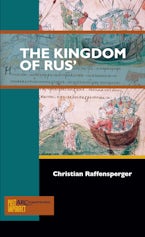
The Kingdom of Rus'
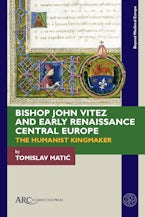
Bishop John Vitez and Early Renaissance Central Europe
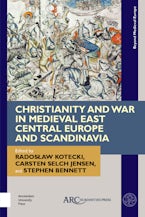
Christianity and War in Medieval East Central Europe and Scandinavia

Coloman, King of Galicia and Duke of Slavonia (1208-1241)

European Expansion and the Contested Borderlands of Late Medieval Podillya, Ukraine

Eastern Europe in Icelandic Sagas
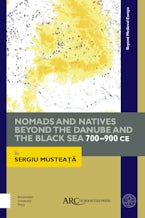
Nomads and Natives beyond the Danube and the Black Sea

Property, Power, and Authority in Rus and Latin Europe, ca. 1000–1236
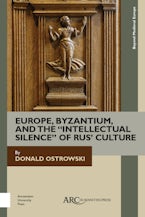
Europe, Byzantium, and the "Intellectual Silence" of Rus' Culture
Forthcoming this summer is The Rise and Demise of the Myth of the Rus’ Land by Charles J. Halperin
The concept of the Rus’ Land (russkaia zemlia) became and remained an historical myth of modern Russian nationalism as the equivalent of “Russia,” but it was actually a political myth, manipulated to provide legitimacy. Its meaning was dynastic—territories ruled by a member of the Riurikid/Volodimerovich princely clan. This book traces the history of its use from the tenth to the seventeenth century, outlining its changing religious (pagan to Christian) and geographic elements (from the Dnieper River valley in Ukraine in Kievan Rus’ to Muscovy in Russia) and considers alternative “land” concepts which failed to rise to the ideological heights of the Rus’ Land. Although the Rus’ Land was never an ethnic or national concept, and never expanded its appeal beyond an elite lay and clerical audience, understanding its evolution sheds light upon the cultural and intellectual history of the medieval and early modern East Slavs.
ca. 124 pp. $79.00, £59.00.

